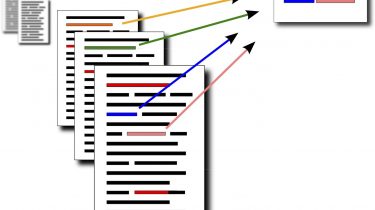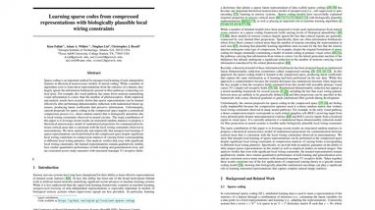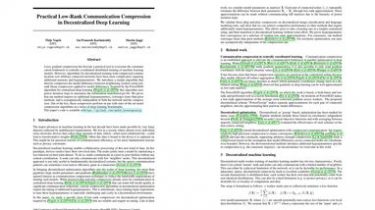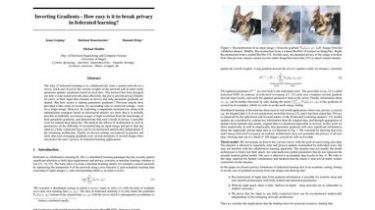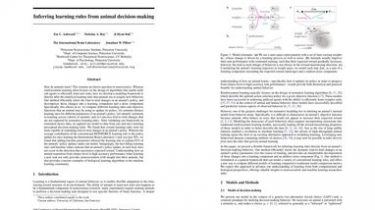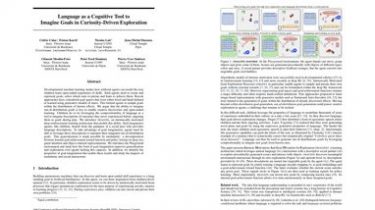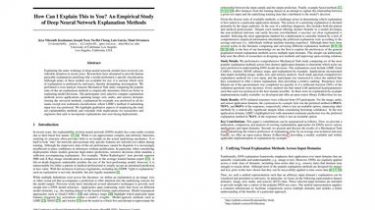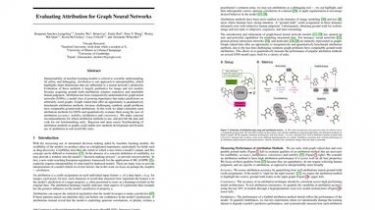People to Follow in the field of Natural Language Processing (NLP)
Overview Text analytics is becoming easier with many people working day and night on each aspect of Natural Language Processing We list a set of people to follow in the field NLP Feel we should include anyone else? Let us know! Introduction Natural Language Processing has made unstructured text data analysis simpler. With numerous applications, NLP is affecting and adding values to millions of lives. But the problem NLP practitioners face is catching up with the changes that happen […]
Read more

